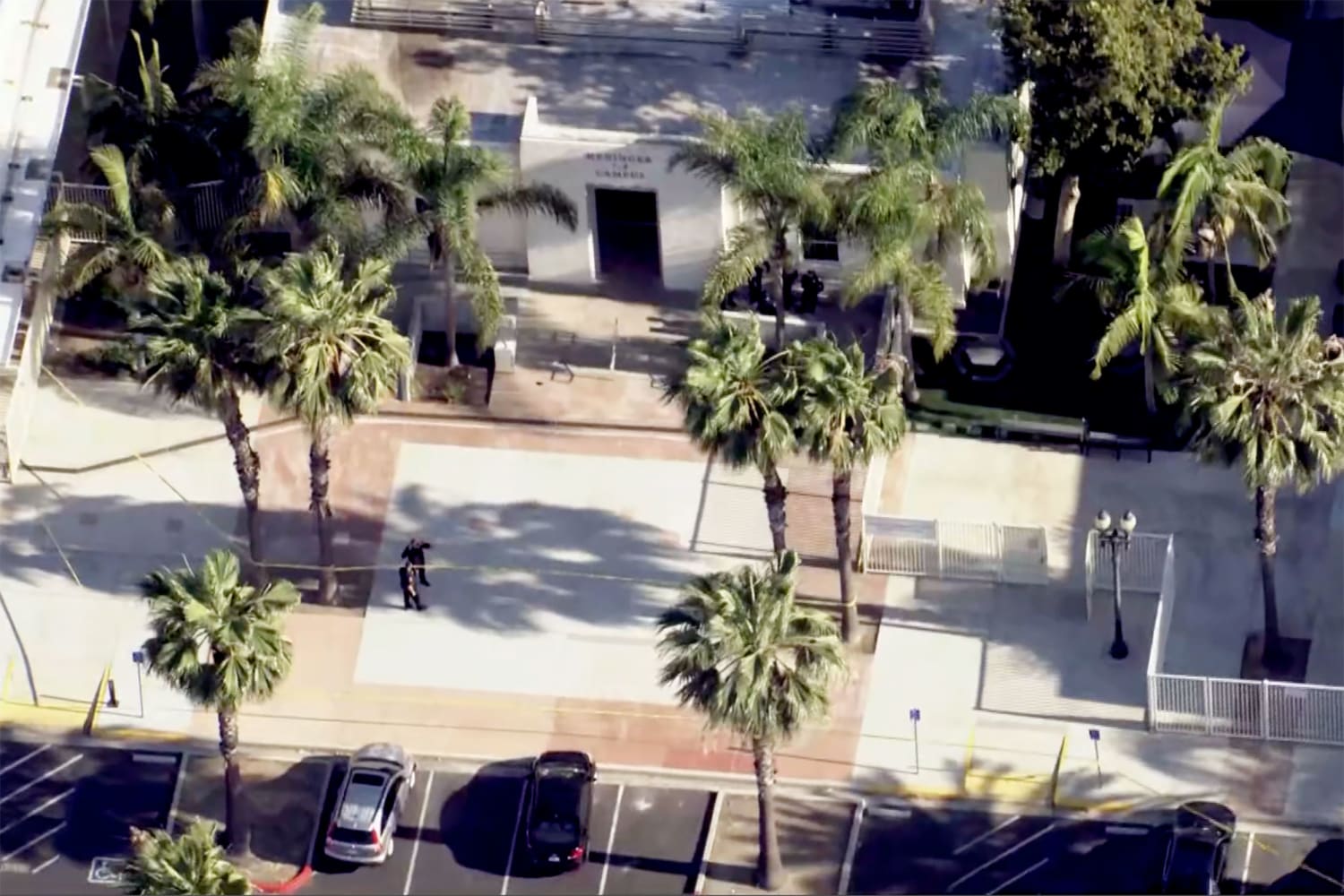Executive Summary
- The Apple Vision Pro's superior user experience is currently overshadowed by its high price and bulky design, limiting its market appeal.
- Reducing the Vision Pro's size and cost by half would significantly boost demand, making it more accessible to a wider range of consumers.
- Future versions of the Vision Pro should focus on improved software, reduced sensor count, and more efficient displays to lower production costs and weight.
Event Overview
The Apple Vision Pro, while technologically impressive with a standout user experience, faces significant hurdles in achieving mass market adoption due to its high price point and considerable size. The headset's core UX is considered superior to competitors, but its cost and form factor currently relegate it to a niche product. Addressing these limitations through design and component optimization is essential for unlocking the Vision Pro's full potential and reaching a broader consumer base.
Media Coverage Comparison
| Source | Key Angle / Focus | Unique Details Mentioned | Tone |
|---|---|---|---|
| Road to VR | The need for a smaller and cheaper Vision Pro to achieve mass adoption, despite its current excellent UX. | Suggests halving the size (around 310 grams) and price (roughly $1,750) would be transformative. Compares Vision Pro to a Ferrari and Quest to a Honda Accord. Mentions Bigscreen Beyond's weight (around 180 grams) as an example of compact design. | Analytical and optimistic, emphasizing the potential of the Vision Pro with key improvements. |
Key Details & Data Points
- What: Analysis of the Apple Vision Pro's market position and the changes needed for broader consumer appeal.
- Who: Apple, potential consumers, VR headset developers (Bigscreen).
- When: The article discusses the current state of the Vision Pro and potential future improvements.
- Where: Focus is on the global consumer market, with mentions of technology and manufacturing considerations.
Key Statistics:
- Key statistic 1: Current Vision Pro price - $3,500 (high price limits accessibility)
- Key statistic 2: Desired Vision Pro price - $1,750 (potential price for mass market appeal)
- Key statistic 3: Bigscreen Beyond weight - 180 grams (example of a compact headset design)
Analysis & Context
The analysis centers on the idea that while the Apple Vision Pro boasts a superior user experience, its high cost and bulky design are significant barriers to mass adoption. The comparison to a Ferrari highlights the product's excellence but also its limited reach, while the suggested price and size reductions are presented as crucial steps towards making it more competitive with products like the Meta Quest. The article acknowledges the technical challenges involved in achieving these reductions but remains optimistic about the potential for future iterations to overcome these hurdles through software optimization, component miniaturization, and manufacturing efficiencies.
Notable Quotes
Vision Pro is a bad product is a bit like saying a Ferrari is a bad car for not being as widespread as a Honda Accord.
Conclusion
The Apple Vision Pro represents a significant step forward in standalone headset UX, but its current price and size constrain its market potential. By focusing on miniaturization and cost reduction, Apple can unlock the device's true potential and make it a compelling option for a broader audience. The future success of the Vision Pro hinges on the ability to deliver the same core experience in a more accessible package.
Disclaimer: This article was generated by an AI system that synthesizes information from multiple news sources. While efforts are made to ensure accuracy and objectivity, reporting nuances, potential biases, or errors from original sources may be reflected. The information presented here is for informational purposes and should be verified with primary sources, especially for critical decisions.









